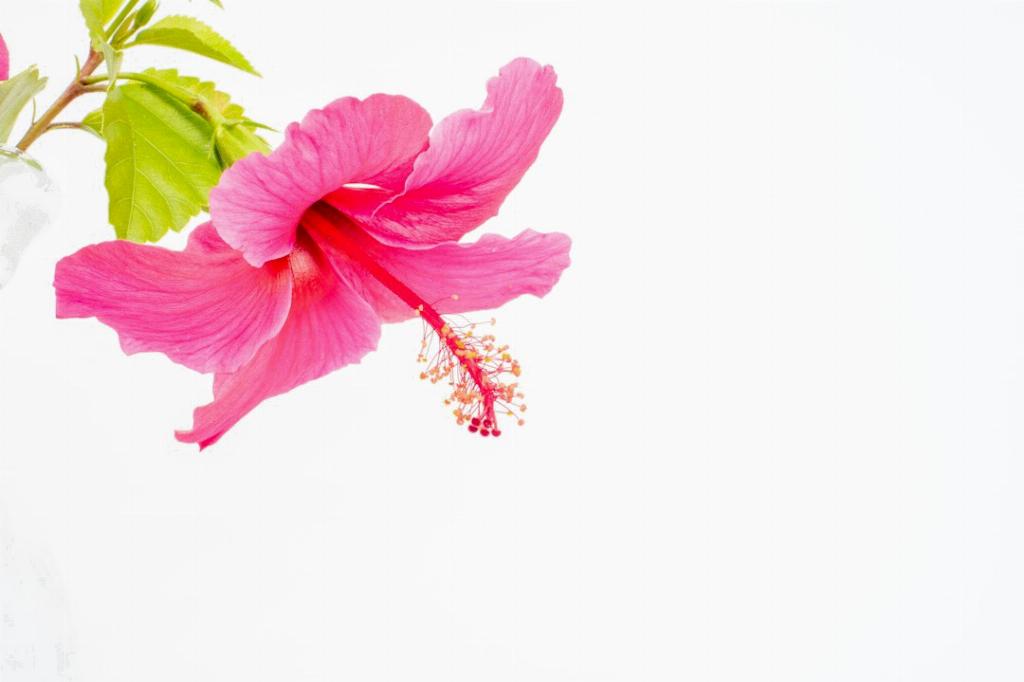Pruning your hibiscus plants is essential for their health and to promote optimal growth and flowering. The ideal time to cut back hibiscus plants depends on the specific type of hibiscus you have in your garden. Whether it’s the common hibiscus, rose hibiscus, or giant hibiscus, timing is key to ensuring the best results from your pruning efforts.
Understanding the Hibiscus Syriacus
The hibiscus syriacus, also known as common hibiscus, is a species of flowering plant that belongs to the mallow family, Malvaceae. Originally native to areas of East Asia, the hibiscus syriacus has been widely introduced to various regions worldwide, including parts of Europe and North America.
Best Time for Pruning
For hibiscus plants like the hibiscus syriacus, rose hibiscus, or giant hibiscus, the optimal time for pruning is during late winter or early spring. Specifically, hibiscus pruning is typically recommended between the beginning and middle of February, which aligns with the plant’s natural growth patterns.
Importance of Timing
Pruning hibiscus plants at the right time is crucial to their overall health and vitality. Waiting until late winter or early spring ensures that your plants have gone dormant during the colder months, allowing for a fresh start in the upcoming growing season.
Early Spring Pruning Benefits
By pruning your hibiscus plants in early spring, you are setting them up for success in the coming months. This timing allows for new growth to emerge and encourages robust flowering once the warmer weather arrives, resulting in a vibrant and lush garden display.
Winter Pruning Considerations
While winter pruning may seem counterintuitive, it is actually a strategic move for hibiscus plants. Trimming back your plants during the dormant season aids in rejuvenating them and promoting healthy growth once springtime rolls around.
Avoiding Late Pruning Risks
Pruning hibiscus plants too late in the season can pose risks to their overall well-being. Cutting back plants when they are actively growing or preparing to bloom can disrupt their natural cycle and may lead to diminished flowering or stress on the plant.
Post-Pruning Care Tips
After pruning your hibiscus plants, it is essential to provide them with proper care and maintenance. This includes adequate watering, fertilization, and monitoring for any signs of pests or diseases that may arise following the pruning process.
Observing Plant Signals
Pay attention to your hibiscus plants’ signals throughout the year to determine the best time for pruning. Monitor their growth patterns, flowering cycles, and overall condition to make informed decisions about when to trim back your plants for optimal results.
Consulting Gardening Resources
If you are unsure about the best time to prune your hibiscus plants, consider consulting gardening resources or local experts for guidance. They can provide valuable insights specific to your region and the type of hibiscus you have in your garden.
Final Thoughts on Pruning Hibiscus Plants
In conclusion, pruning your hibiscus plants at the right time is essential for their health and vitality. By following the recommended timing guidelines, such as pruning in late winter or early spring, you can promote vigorous growth, abundant flowering, and a thriving garden display that will delight both you and your visitors.

